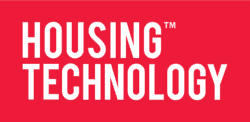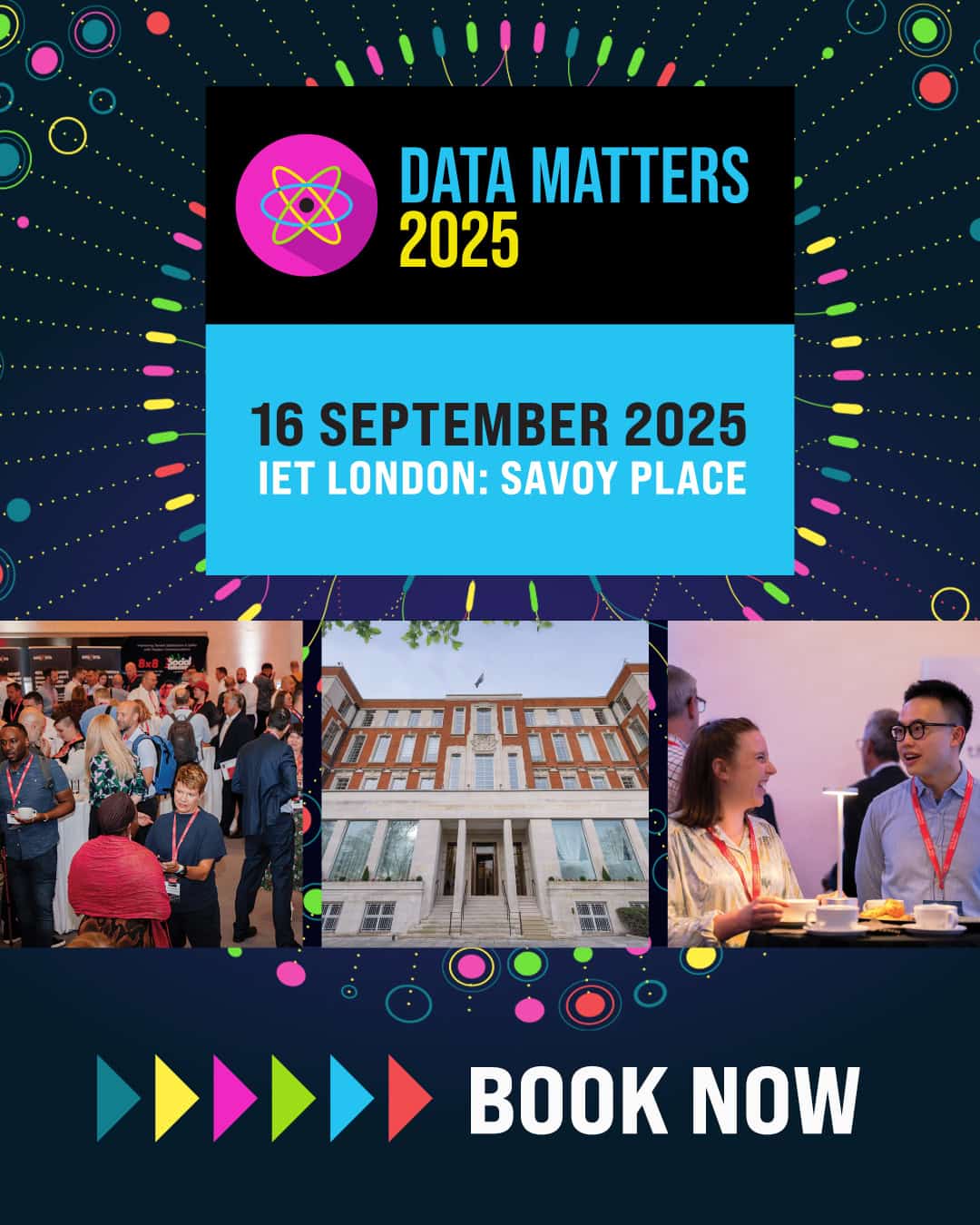For years, there has been a bit of a tug-of-war in the housing world – should we be using systems built specifically for social housing or should we tap into more mainstream tools such as ‘horizontal’ CRMs and contact centre platforms?
Honestly, that debate is beginning to feel very out of date. The truth is, it’s no long about choosing one over the other, it’s about making them work together.
Every housing provider has a housing management system (HMS) at the heart of its operations. Platforms such as NEC Housing, Aareon QL and Civica CX are purpose-built to manage the core functions such as rents, voids, repairs and compliance.
These systems and many others like them do the heavy lifting, ensuring that homes are maintained and tenants are supported. However, on their own, these systems can inadvertently act as ‘digital islands’, limiting visibility, slowing response times and fragmenting the tenant/landlord experience.
That’s where horizontal technologies come into play. Platforms such as Microsoft Dynamics 365, Salesforce and 8×8’s contact-centre tools aren’t housing-specific but they do know how to connect the dots between systems. These platforms help stitch together CRM, finance, customer contact and digital services into a single cohesive setup. And because they come with strong developer communities and proven integration capabilities, you can get clever with automation, reporting and resident engagement.
This isn’t about ripping out your core platforms. It’s about building around them, adding tools that bring extra value and plug gaps.
It’s not about vertical vs. horizontal; the strongest housing IT setups are the ones that blend the best of both worlds, using systems with depth and a flexibility to adapt, building an ecosystem that works for in-house teams, supports residents and stands up to the pressures of modern housing.
Maxine Eunson is the head of public sector at 8×8.


